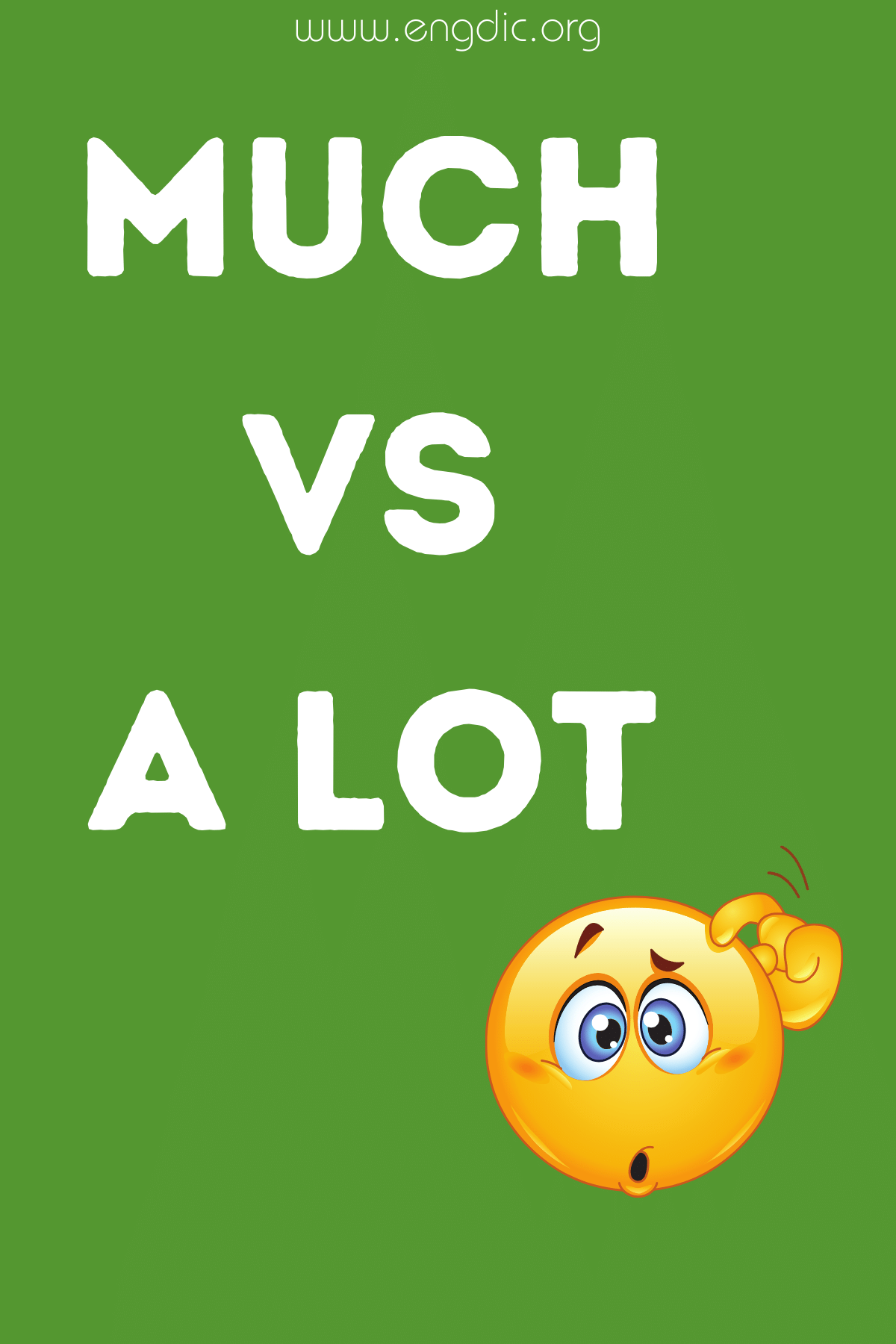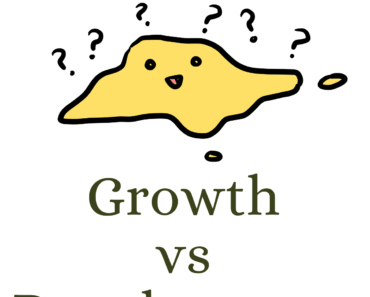The words “much” and “a lot” are both used to describe large quantities, but their usage in English grammar shows notable differences. “Much” is typically used with uncountable nouns, emphasizing the extent or degree of something, often in questions or negative constructions. Conversely, “a lot” is more flexible, pairing with both countable and uncountable nouns, and is commonly used in positive statements to indicate a large quantity in a more informal manner.
Much
Definition: “Much” is an adjective or adverb used to signify a large amount of something, usually uncountable. Usage:
- As an adverb: Often used in questions and negative sentences. For example, “Did you drink much water?” or “He doesn’t talk much.”
- As a determiner: Used before uncountable nouns. For example, “There isn’t much time left.”
Examples:
- Questions: “How much money do you need?”
- Negative sentences: “She doesn’t spend much time on social media.”
- Formal statements: “Much attention has been given to climate change.”
A Lot
Definition: “A lot” is a phrase used to indicate a large quantity, applicable to both countable and uncountable nouns. Usage:
- With uncountable nouns: “I’ve done a lot of thinking.”
- With countable nouns: “There are a lot of books on the shelf.”
- In spoken English: Commonly used in casual conversation.
Examples:
- Uncountable nouns: “He has a lot of patience.”
- Countable nouns: “She bought a lot of apples for the party.”
- Casual usage: “I’ve been watching a lot of movies lately.”
Additional Notes
While “much” and “a lot” can sometimes be used interchangeably, the context and formality of the situation often dictate the best choice. “Much” is preferred in formal or literary contexts, whereas “a lot” is suitable for everyday, informal situations. Understanding the nuances between these terms helps in mastering their correct application in various contexts of speech and writing.







